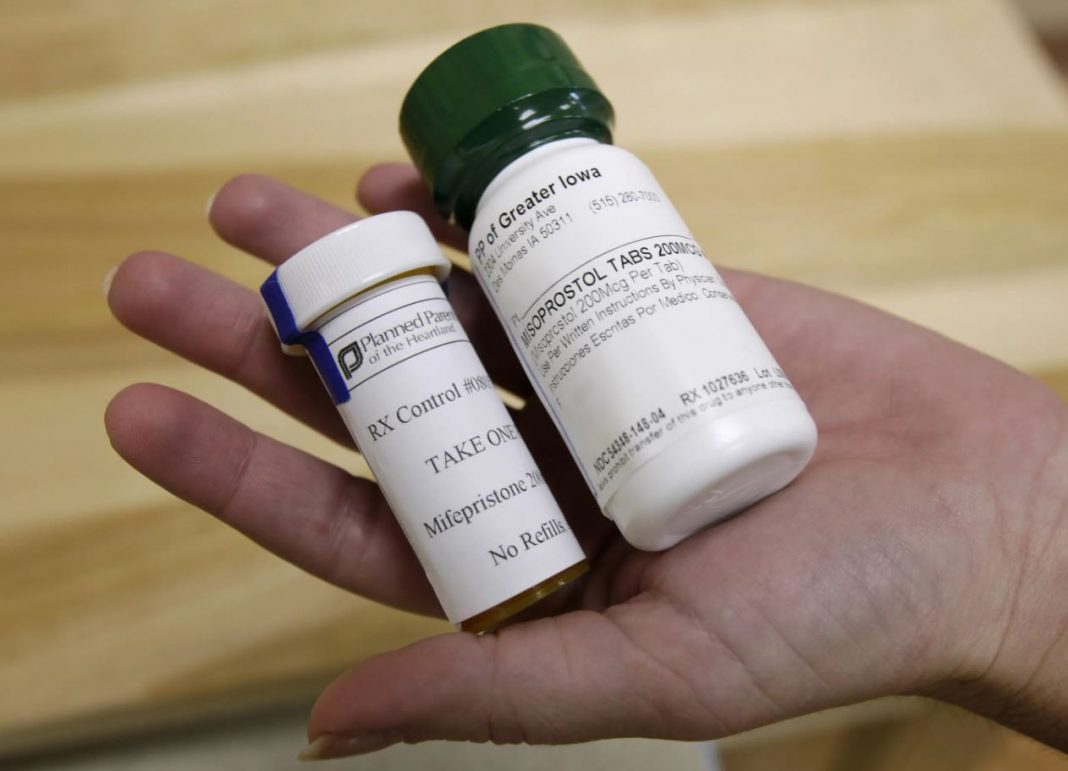The efficacy and safety of the abortion pills mifepristone and misoprostol, which are routinely used in the United States, have been investigated by more than one hundred scientific research that have been conducted across many continents and decades. Every evidence points to the fact that taking the pill to end a pregnancy is a risk-free option.
Providers of abortion services often claim that the tablets are less dangerous than a large number of commonly used medications, such as Tylenol and Viagra. Drug safety specialists normally do not compare medications in this manner; rather, they evaluate the safety of a specific treatment in relation to the safety of other available options.
Women who are pregnant and thinking about terminating the pregnancy by medicine have two other options: childbirth or surgical abortion.
Anti-abortion groups in the United States have petitioned a federal judge to issue an order prohibiting the use of the two abortion pills to terminate pregnancies, despite the extensive scientific record on the safety of the drugs. These groups argue that the drugs are dangerous and should be prohibited from being used to terminate pregnancies.
A verdict in favour of the plaintiffs might completely change the landscape of abortion in this nation, where more than half of all abortions are carried out with the use of medicine, should it be sustained by higher courts. In most cases, the medication is taken all the way through the first 12 weeks of a pregnancy.
Since the tablets induce what is basically a miscarriage to occur, almost every patient who has a pharmaceutical abortion will suffer bleeding and discomfort as a result.
After taking the tablets, there are some patients who will go to the emergency department because they are worried about the quantity of bleeding or other side effects; nevertheless, the study conducted by Dr. Upadhyay demonstrates that the majority of patients do not have any significant difficulties.
Yet despite the fact that the tablets are successful in around 95% of patients, between 3 and 5% of individuals will need an extra treatment to either remove any residual pregnancy-related tissue or end the pregnancy. According to the providers, this is not an especially risky circumstance.
About the legal action taken against the U.S. Food and Drug Administration, the plaintiffs relied on five studies to argue that the pills cause harm. Three of the studies were conducted by researchers in Finland, and the other two were conducted by the Charlotte Lozier Institute, which is an arm of Susan B. Anthony Pro-Life America. The plaintiffs filed a lawsuit against the U.S.
During the 12-week time frame that is customarily employed in the United States, just one of the studies that the plaintiffs referenced reported on any major issues that may arise from the abortion pill regimen.
In that study, the researchers looked at the medical histories of more than 40,000 women who had abortions in Finland in the early 2000s using medication. It was observed that twenty percent of patients went on to follow up with a physician, the majority of the time for bleeding and less often for a procedure to empty the uterus and finish the abortion.
According to the plaintiffs and other anti-abortion organisations, the fact that this one research found that twenty percent of patients had issues after taking the tablets indicates that patients have a significant chance of complications after taking the drugs. On the other hand, the research adds that bleeding is to be anticipated, that major complications are uncommon, and that medication abortion is safe.
During an interview, Dr. Oskari Heikinheimo, one of the authors of the research conducted in Finland and a professor of obstetrics and gynaecology at the University of Helsinki, said that anti-abortion organisations are incorrectly interpreting the results.
As a reaction to this, Dr. Donna Harrison, the chair of the board of the Association for Hippocratic Medicine, which is the plaintiff in the case, said that other studies are calling mild issues that she considers to be major complications.
The possibility of mortality is one of the most critical aspects to consider when evaluating the safety of any medicine. Researchers documented one death from an infection connected to the abortion, and one death from reasons unrelated to the abortion, among the 101 studies and 124,000 medication abortions reviewed in the Times study.
The Food and Drug Administration of the United States reported that between the time it approved the treatment in the year 2000 and June of last year, approximately 5.6 million women in the United States took the pills, and 28 of those women ended up passing away. This represents a mortality rate of 0.0005 percent. According to the study from the agency, some of the fatalities may have been the result of other factors.
The number of patients who had “severe adverse events” was recorded in a number of studies. These “serious adverse events” often included blood transfusions, hospitalisation, major surgery, or a serious infection. Visits to the emergency room or a clinical setting that did not include one of these therapies, as well as standard but unusual follow-up procedures to complete an abortion, were frequently recorded as adverse events, although they were not considered to be significant. The counts of patients who had major adverse events were utilised by The Times in order to calculate the proportion of participants in each trial who did not encounter any serious issues.

